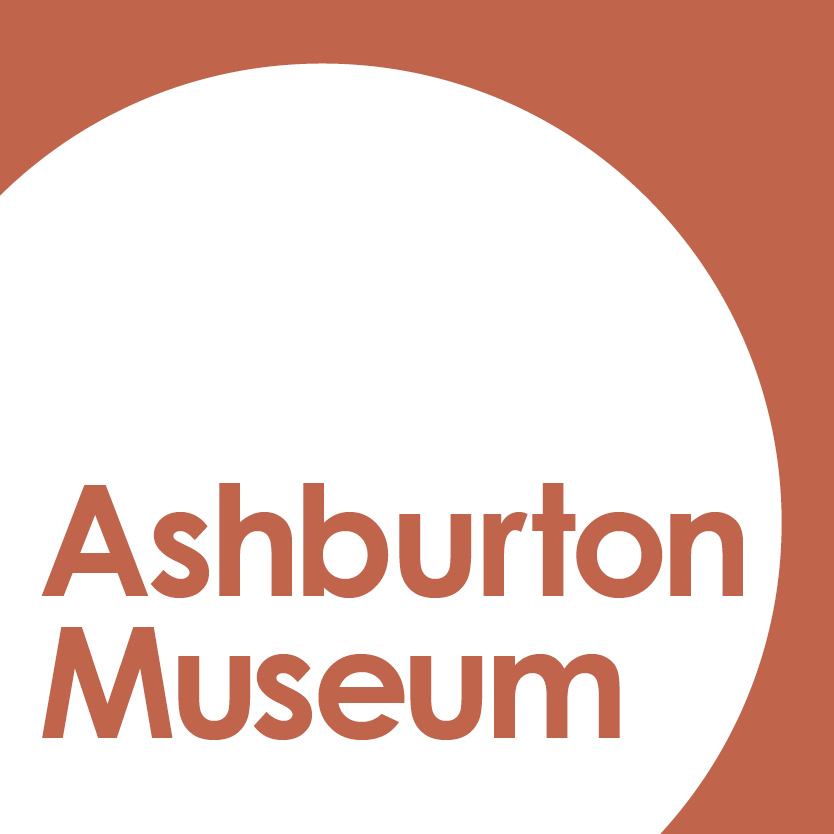I am sure that many of you who are familiar with some of the Ashburton District’s weirder occurrences have rolled your eyes by now.
It has been a while since a full-blown story has been published on the space balls, but I am sure that a lot of you will not need reminding of these strange events.
For the uninitiated, the space balls are a set of mysterious metal balls that fell from the heavens above Mid Canterbury, and landed in paddocks across the Ashburton District. Looking back on newspaper articles from the seventies and the decades following, it is very interesting to see the contemporary theories surrounding these mysterious metal orbs, and the explanation is surprising – although obvious.
The spheres appear
The story of the space balls begins in 1972, with local farmers discovering odd objects in their paddocks across the Ashburton District.
On April 3rd 1972, a brilliant light was seen crossing the sky above Manapouri at 1 am, and was observed fragmenting into 15 – 20 “pieces” above Queenstown before travelling over Lake Aviemore. The meteor-like anomaly flared and disappeared for a moment, before five distinct tracks of light reappeared and were last seen over Ashburton. Later that same day, John Lindores of Huntingdon discovered a large metal ball on his property, 200m from his home.
According to a Guardian retrospective on these events by Annie Studholme, the puzzled Mr Lindores ended up calling the police. Sergeant John Wheeler came to investigate and determined that the object had been “dropped from a considerable height.” The orb weighed 13.6 kilograms, was 380mm in diameter, and had an unusual burnt-out hole on one side, the edges of which seemed to have been warped and bent back as if the ball had been exposed to extreme heat. On the other side of the ball, a protruding ring with a small hole stuck out from the surface of this mysterious object, which was clearly welded together from two halves.
Sergeant Wheeler contacted the technical staff from the Royal NZ Air Force as well as the US Navy. The next day, Captain Boucher of the US Air Force tracking station at Mount John, Lake Tekapo, came to examine the ‘space ball’ as it was now known. The only thing he could determine for sure was that it was “only a small piece of a large object.”
Its origins could not be clearly determined, and so as a precaution the space ball was left covered in a cell at the Ashburton police station in case it proved to be radioactive.

More balls make a landing
Eventually, the National Radiation Laboratory of Scientific and Industrial Research in Christchurch revealed that the space ball was not radioactive, before the object was sent up to the DSIR in Wellington. The DSIR found that it was made of a titanium-based alloy, common in the construction of air and spacecraft.

Not long after the first ball’s arrival, another showed up on Gavin Thomson’s farm at Hinds, and then another in North Otago, followed by two more – one at Lynnford and another one near Hinds. While all this was happening, both the United States and the Soviet Union denied responsibility for the space balls which had now enthralled the collective imaginations of Mid Canterbury. Later in 1972, the Hinds Gymkhana Club tried to secure the space balls for a display at their annual Labour Day gymkhana, but were denied this by the Minister of Foreign Affairs Sir Keith Holyoake.
After this spate of findings, things calmed down and the space balls were not mentioned much in the years following the phenomena. Six years later in 1978, another space ball made a landing in one of John Lovett’s paddocks at Eiffelton, and the same procedure was followed as with the last space balls – it was sent off to be tested for radiation, and this test came back negative.
Another ball was found too, but these later incidents were debunked and these copycat balls were found to have been modified sea floats, which were burnt with a blowtorch to give the impression of having entered the Earth’s atmosphere.
Real or hoax?
Naturally, some speculated that the space balls were an elaborate hoax – one which we might compare today to the mystery of the shiny metal monoliths that are still appearing in odd places around the world.
However, the idea of the balls being a hoax was discounted by the fact that the alloy that comprised the space balls was very expensive and hard to manufacture. As mentioned before, the US nor the USSR would claim responsibility for the space balls, but speculation pointed towards the most likely origin for the space balls – that they were in fact spacecraft parts.

Former Ashburton Museum curator Rita Wright posing with two of the space balls, which were loaned to the Ashburton Museum by Mr Lindores and Dennis O’Sullivan in 1988.
It was not until 2002, when certain government documents were declassified, that the truth of the space balls could be certifiably explained. The first set of space balls came from the Soviet Venus probe Kosmos 482, which separated into four pieces in an Earth parking orbit while attempting to maneuver into a Venus transfer trajectory. Two of these pieces remained in low Earth orbit before descending on New Zealand, setting off the whole space ball phenomena.
Funnily enough, the majority of Kosmos 482 is still up there in Earth’s orbit, and is expected to crash back down to earth within the next few years – we may have not seen the last of the space balls after all!
By Connor Lysaght
This post was modified for this blog and was originally published in the Ashburton Guardian, 27 February 2021.

Leave a comment